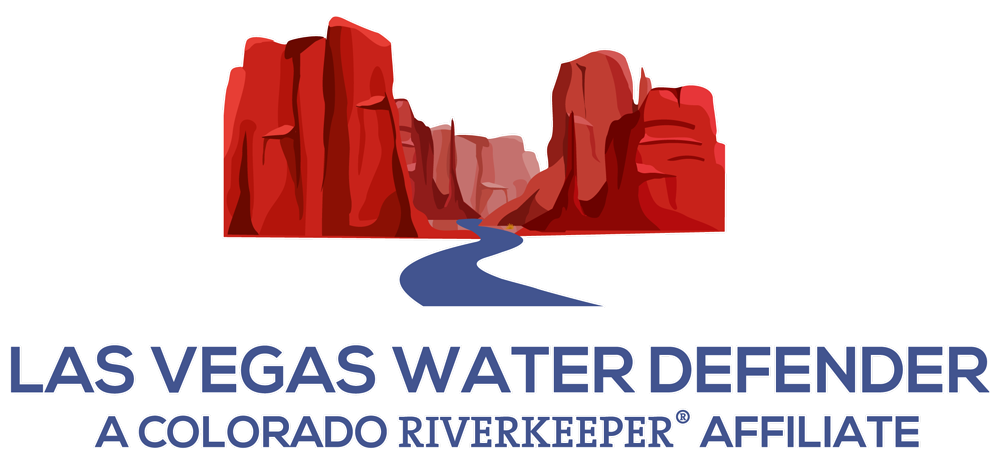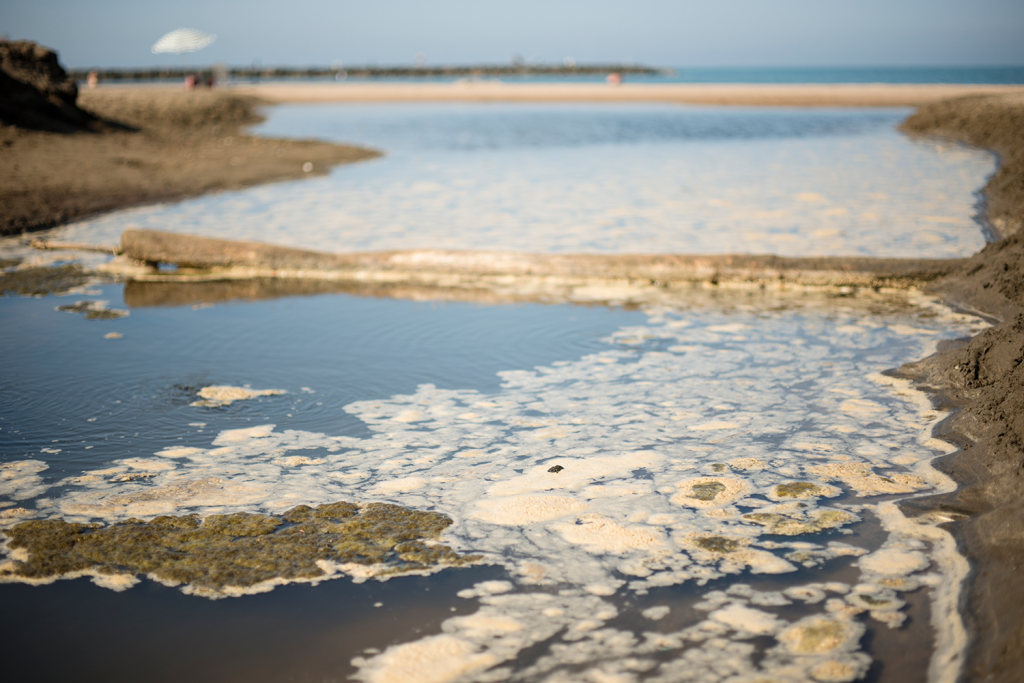We need to improve quality standards in Lake Mead. Most of the lake’s water originates as snowmelt in the Rocky Mountains that flows down the Colorado River. Climate change reduces the amounts of snowpack limiting water supplies. Naturally, this affects the water available. Increased evaporation and ongoing drought conditions worsen the problem. Drought conditions lowered lake levels by more than 150 feet in the region. Consequently, the concentration of contaminants increases.
Nearly 90 percent of the water Las Vegas uses comes from Lake Mead. These factors outlined above result in poor water quality. We need to improve our water quality in the Las Vegas Valley.
Changes from Lake Powell Affect Las Vegas Water
The potential changes in the operation of the Colorado River system downstream from Lake Powell under interim surplus criteria alternatives could temporarily affect the salinity of Colorado River water, which affects municipal and industrial uses in the Lower Basin. Also, changes in Lake Mead water levels could affect the quality of water arriving at the Southern Nevada Water System pump intakes in the Boulder Basin of Lake Mead, and thereby affect the quality of the water supply for the Las Vegas Valley.
Lake Mead Water Quality Affected by Water from Las Vegas Wash
Water quality in Lake Mead is affected by point and non-point sources emanating from Las Vegas Wash, an urban perennial stream that receives more than 175 million gallons per day of treated effluent from three wastewater treatment plants in Henderson, Las Vegas and Clark County, Nevada. In addition, historic military and commercial industrial complexes located near the wash have contributed known contaminants such as perchlorate, dichlorodiphenyltrichloroethane (DDT), and polychlorinated biphenyls (PCBs). Runoff and ground-water seepage from urban irrigation in Las Vegas also contribute organic contaminants (e.g., bacteria, oil, grease, pesticides, herbicides, nutrients from fertilizers) and metals to the wash. Perchlorate has been detected in Lake Mead and downstream of the outlet from Hoover Dam in Lake Mohave in the area of Willow Beach. In addition, drought conditions in the region have lowered lake levels more than 100 feet, which may concentrate contaminants in some locations.
Contaminants As Direct Result of Human Influence
Contaminants are a direct result of human influence. As storm water drains away from parking lots and lawns, it carries oils, pesticides, and fertilizer into local waterways. Some chemicals and heavy metals (like mercury) may be transferred from remote sources since air can transport the chemicals over long distances. Other chemicals from pharmaceuticals make their way through our bodies and then get flushed down the toilet, eventually re-entering the water supply. Even worse, larger amounts of contaminants can come from toxic spills and leaks from industrial areas.
Rising Radiation Levels in Lake Mead
Additionally, radiation levels in Lake Mead have been creeping above federal standards for the past several year. Officials have no idea what is causing the rise in contamination. These rising levels of radiation are particularly alarming given that over 90 percent of the water source for Southern Nevada comes from Lake Mead.

